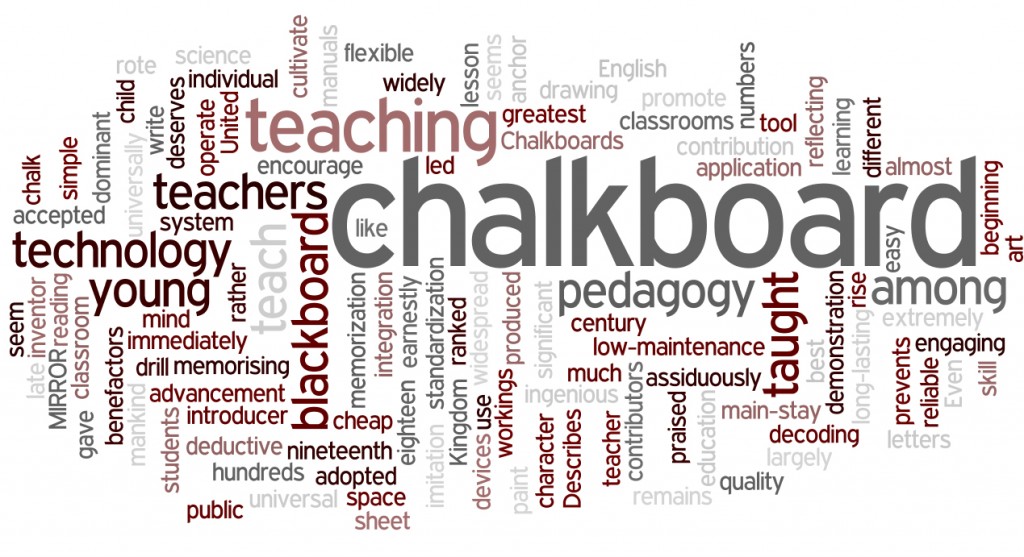

The Digital Revolution in Education: From Chalkboards to Chromebooks
The digital revolution has significantly transformed the landscape of education, replacing traditional chalkboards with innovative tools like Chromebooks. This shift has revolutionized teaching and learning methods, providing students with access to a wealth of information and interactive learning experiences.
One of the key advantages of the digital revolution in education is the ability to access vast amounts of information instantly. With just a few clicks, students can explore a wide range of resources, including online textbooks, educational websites, and multimedia content. For example, instead of relying solely on a single textbook, students can now access various sources to gain a more comprehensive understanding of a topic.
Furthermore, digital tools have made learning more engaging and interactive. For instance, interactive educational software and applications allow students to participate actively in the learning process. They can solve virtual math problems, conduct virtual science experiments, or even explore historical sites through virtual reality. These interactive experiences not only make learning more enjoyable but also enhance students' understanding and retention of the material.
Another significant benefit of the digital revolution in education is the ability to personalize learning experiences. With the help of learning management systems and adaptive learning platforms, educators can tailor instruction to meet the individual needs and learning styles of students. For instance, students can receive personalized feedback, access additional resources based on their performance, and work at their own pace. This personalized approach promotes student engagement and academic growth.
Additionally, the digital revolution has also opened up new opportunities for collaboration and communication. Students can now collaborate with their peers on group projects using online platforms, share ideas through discussion boards, and even connect with experts and guest speakers from around the world through video conferencing. These collaborative experiences foster critical thinking, problem-solving, and communication skills.
In conclusion, the digital revolution in education has transformed the traditional classroom, replacing chalkboards with Chromebooks and bringing numerous benefits to students. From instant access to information and interactive learning experiences to personalized instruction and enhanced collaboration, the digital revolution has undoubtedly reshaped the way we teach and learn.
References:
- Johnson, L., Adams Becker, S., Estrada, V., & Freeman, A. (2015). NMC/CoSN Horizon Report: 2015 K-12 Edition. The New Media Consortium.
- Means, B., Toyama, Y., Murphy, R., Bakia, M., & Jones, K. (2010). Evaluation of Evidence-Based Practices in Online Learning: A Meta-Analysis and Review of Online Learning Studies. US Department of Education.
- Puentedura, R. R. (2006). Transformation, technology, and education. Retrieved from https://www.hippasus.com/rrpweblog/
Related Posts
© 2025 Invastor. All Rights Reserved

User Comments